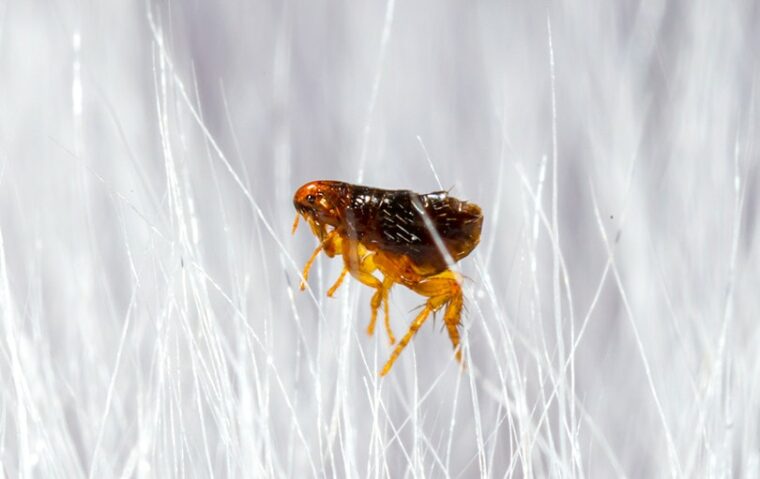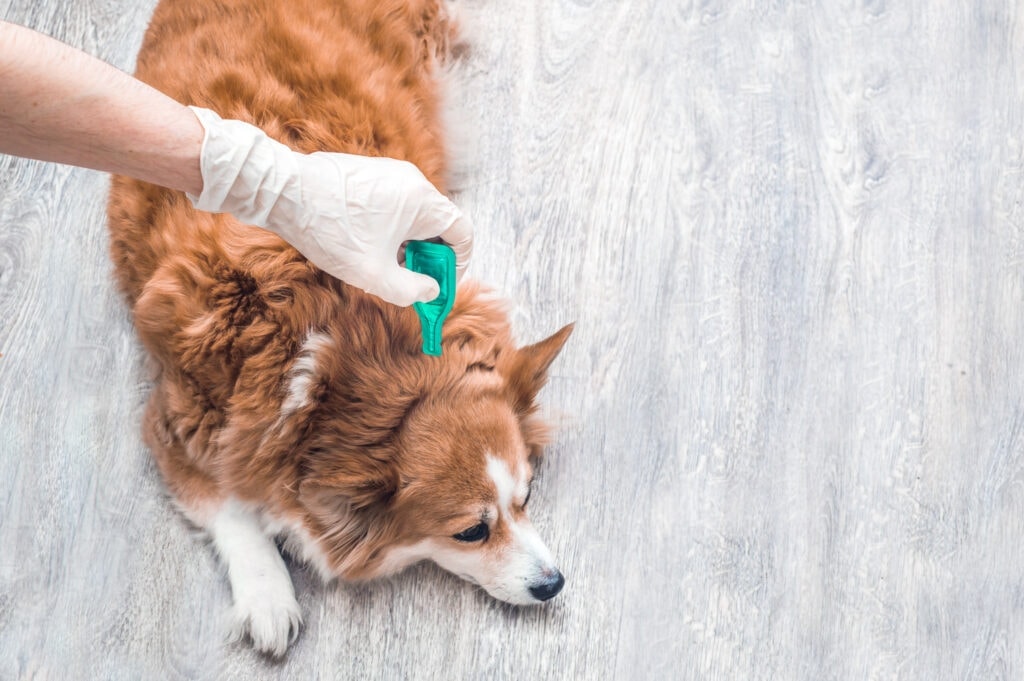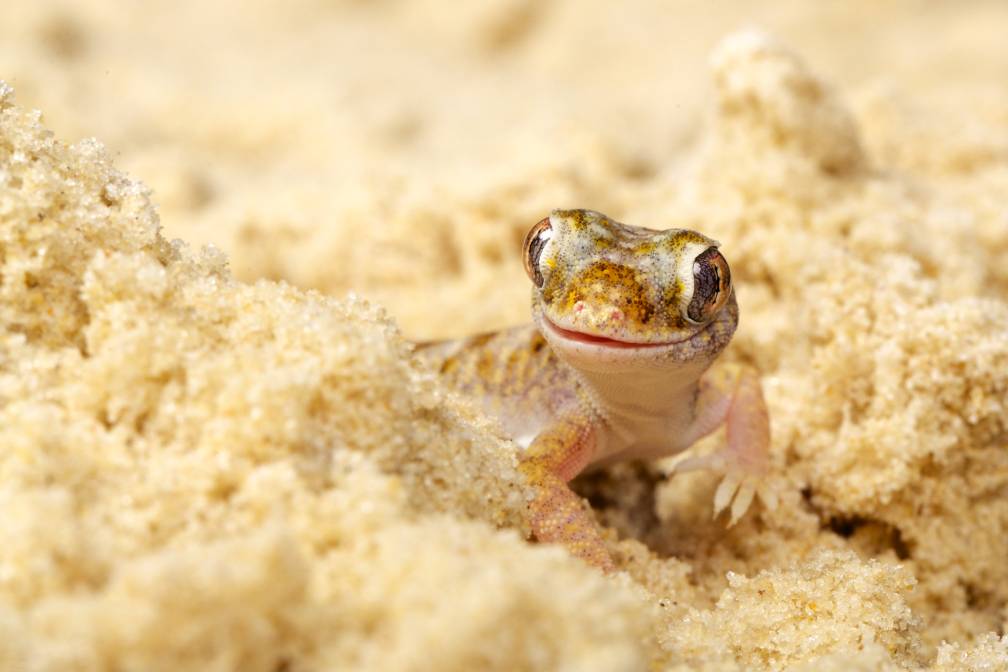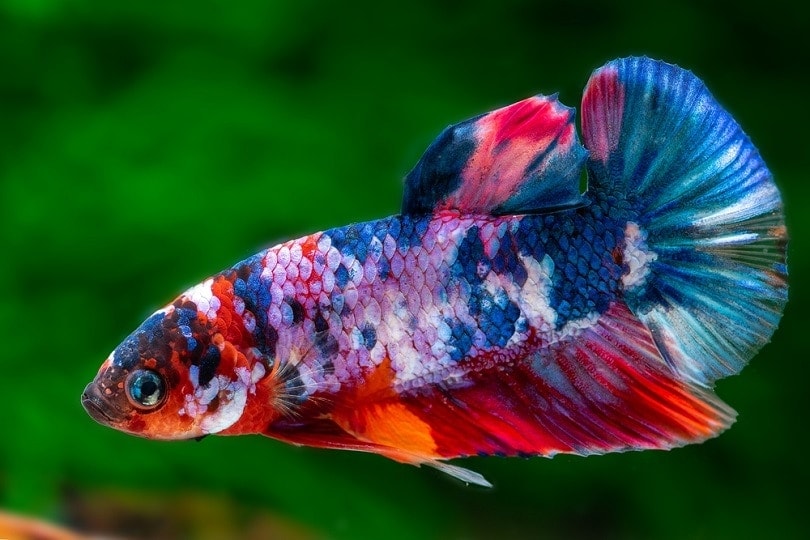
Fleas are among the most annoying pests that pet owners must deal with. While these parasites rely on warm, humid weather to continue their life cycle, extreme temperatures are their enemy. Intense heat will kill fleas but must be combined with other methods to eliminate an infestation.
Keep reading to learn how to use heat to fight a flea infestation and other methods to get rid of these pests. We’ll also talk about how to prevent fleas from invading your home in the first place.
Temperature & Fleas
Fleas are warm weather lovers, which thrive in temperatures between 70° and 85° Fahrenheit. They can temporarily tolerate cooler temperatures or become dormant until the weather warms up. Both consistent freezing temperatures and high heat will kill all parts of the flea life cycle.
Using Heat to Fight a Flea Infestation
Fighting a flea infestation requires patience and a lot of cleaning. The adult fleas you see on your pet are only a small part of the problem. The flea eggs, larvae, and pupa are left unseen in your carpet, bedding, and furniture.
Heat is an effective weapon against these hidden parasites when they are in the environment. Use hot, soapy water to wash bowls, toys, and other hard items to kill fleas and flea eggs. Steam cleaning carpets is often suggested when vacuuming alone isn’t enough to remove a heavy load of parasites. Heat treatments should never be used on pets.
To kill fleas and eggs on bedding, clothes, and other washable items, wash in hot water and use the high-heat dryer setting. While these heat applications can help, eliminating fleas from your pet, home, and yard requires multiple points of attack. We’ll talk more about that in the next section.

Other Methods to Help Eliminate Fleas
1. Treat Your Pet
The first step in dealing with a flea infestation is to remove the fleas from your pet. Fleas not only make your pet miserably itchy, but they also carry diseases and internal parasites. Some pets are allergic to fleas which can lead to hair loss and skin issues.
Your vet can determine the best flea treatment for your pet according to their age. Pill or spot-on treatments purchased from a veterinarian are the most effective. If your pet is too young for these products, try using a flea comb to remove adult parasites. Treat all pets, even if you don’t see fleas on them.
Over-the-counter flea products usually don’t work. Avoid using any “natural” flea-killing products or essential oils without checking with your vet first, as some can be toxic, especially to cats. Never use a flea product intended for dogs on a cat, either, as they can cause severe illness, including death.

2. Treat Your House
Frequent vacuuming of carpets, furniture, and other floors is essential to remove fleas and eggs. Empty the canister or dispose of the vacuum bag outside the house as soon as you’re done to prevent the fleas from escaping back into the house.
We discussed washing bedding and other items in the previous section. However, if you have a heavy infestation of fleas, it may be easier just to replace your pet’s toys and bed. You can talk to your vet and a pest control expert about using insecticide to remove the fleas in your house. Most pest control companies include a pet-friendly option in their services, but your pets must stay elsewhere while your house is being treated and spend another night away from home until it’s safe.
3. Treat Your Yard
If you don’t treat your yard for fleas, you’ll continue to deal with issues in your house. You or your pet can easily track fleas and flea eggs inside and repeat the whole cycle.
You can keep your lawn cut short, bag and remove all grass clippings after mowing, and remove leaves and other debris from the yard, especially under bushes and other shaded areas. Fleas usually avoid sunny spots because they get too hot.
It’s best not to overwater your yard or garden since you may need to treat the yard with an insecticide if you have a heavy flea infestation. Again, talk to your vet about how to do so safely.

Conclusion
Heat can be one of your most effective tools to kill fleas, but eliminating the pests completely can be time-consuming. It’s much better to prevent fleas from invading your residence. You can use a monthly flea prevention product on all pets year-round, whether they go outside or not. Freezing temperatures can kill fleas, but many areas of the country don’t get consistently cold enough to accomplish that. Year-round flea control is the safest way to go.
See Also:
- Does UV Light Kill Fleas? Vet-Reviewed Effectiveness Facts
- Does Febreze Kill Fleas? Vet-Approved Risks, Alternatives, & FAQ
Featured Image Credit: Vera Larina, Shutterstock










